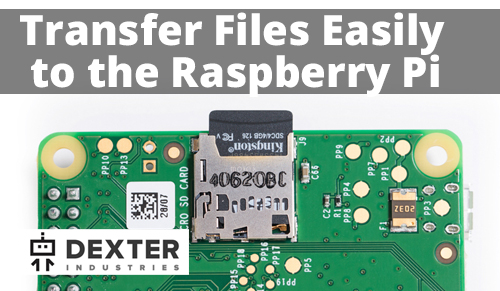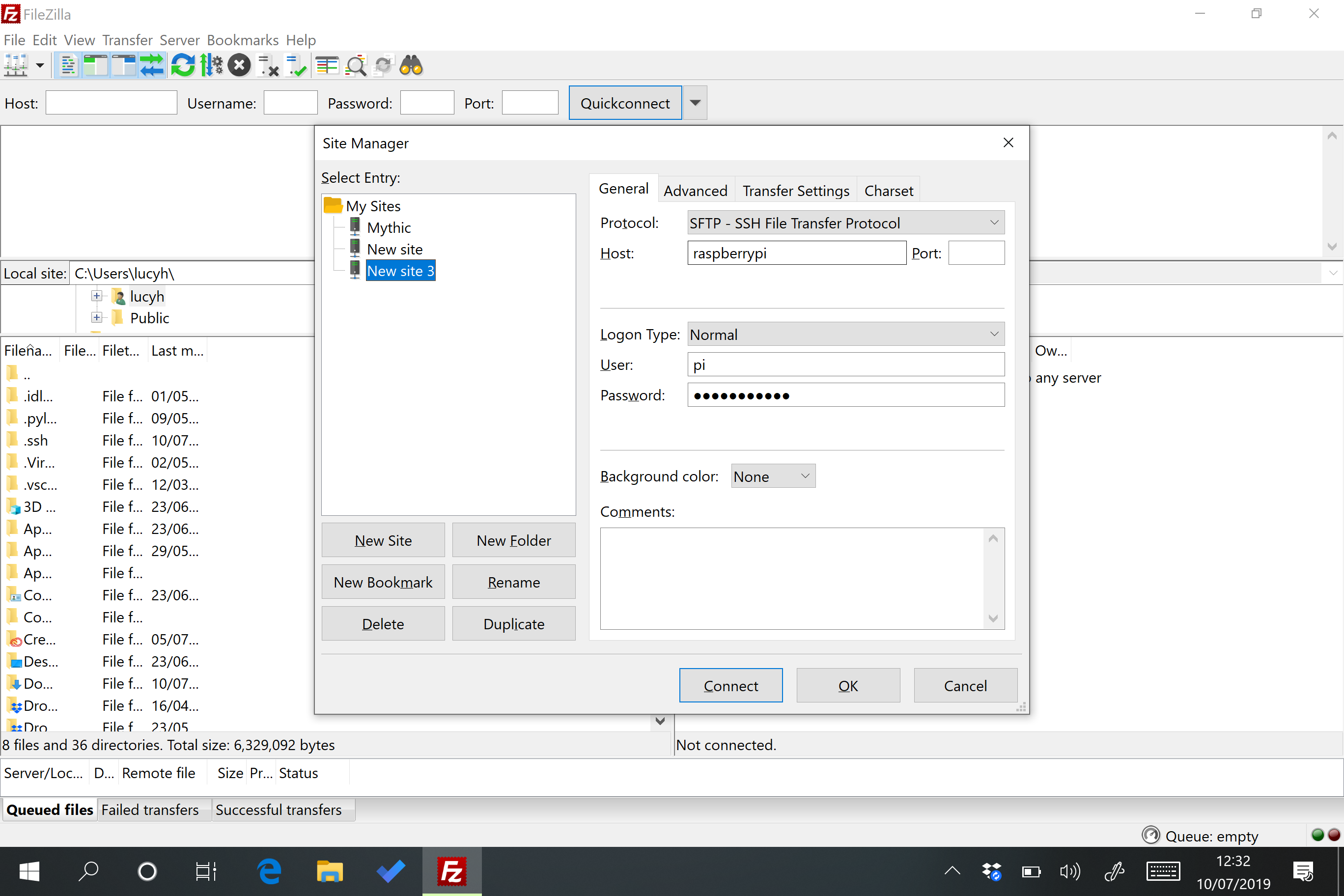

I am not sure whether the heatsinks help or not, but it’s only just a little warm, and that temperature has been constant throughout the last 4 days. This server has now been running continuously and effortlessly for 4 days. This last resource is actually supposed to show you the entire process, a sort of “from zero to hero” kind of tutorial, so theoretically you could just use this last link. Second source goes further, however when it gets to setting up no-ip, you might want to have this page open as well:įinally, I used this tutorial (step 6) for installing Wordpress: Works like a charm. Mostly because the first source only goes so far, as in it sets the server up, but anything more like how to get your website up on the server and other information about the onwards process is not mentioned. Note also that you’ll need a few apps like Putty ( ) for SSH-ing to the Pi via your computer, and the FileZilla ( ) client for FTP-ing. Note, that this is a WordPress server, so my sources include its installation as well. Since I was not the first one to do this - people do love the Pi to act as a server - I used to following sources to get everything up and running. Last weekend however pushed by necessity and curiosity, I decided to finally set up the server. The Pi itself was an earlier purchase, which then was succeeded by a transparent case and tiny heat-sinks, both of which you can find plenty on Amazon. Its real-world use is practically endless, it’s extremely cheap and reasonably simple to use, not to mention, it’s literally pocketable.

The second reason was the novelty of the Raspberry Pi. The reason for going down this route was two-folded.įirst of all, all the micro-servers out there start at around £150 and I just wasn't prepared to spend that sum for something that I am experimenting with. It’s small, uses next to no power and it cost me around £50! It’s called the Raspberry Pi Web Server, and I put the entire thing together myself. The idea of having my own server for my own website just sounded cool. Servers are probably not every web developer’s concern, not to mention fascination, I however sometime during my CCNA training back in the day, decided that one day I’ll set up a server of my own.


 0 kommentar(er)
0 kommentar(er)
